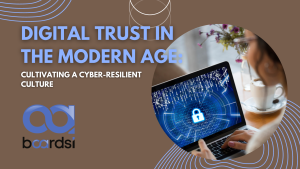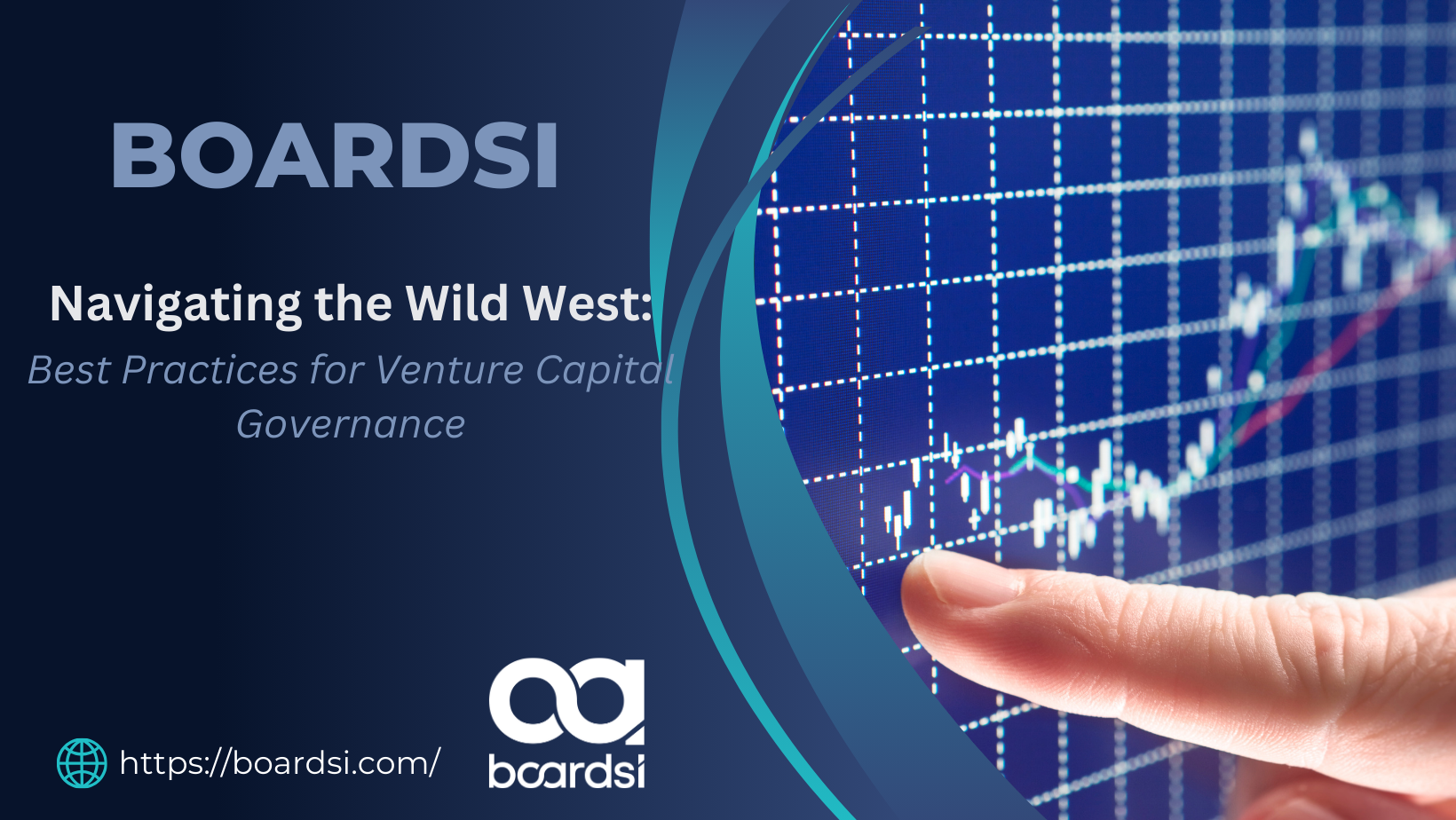In an age dominated by digital interactions, picture a quiet neighborhood disrupted by the blaring sound of a car alarm. Though designed to alert and protect, there’s often a passive hope that someone else will address the situation. This analogy mirrors the prevailing state of cybersecurity in many organizations, where potential threats are frequently met with complacency.
Navigating the Cyber Landscape
While the digital realm is abuzz with discussions on cybersecurity, a closer examination reveals that many businesses adopt a surface-level approach. Providing basic security training during onboarding or as a yearly formality is no longer sufficient. This approach, especially when security is perceived as solely the responsibility of IT teams, leaves significant vulnerabilities.
Recent studies reveal a startling truth: nearly one-third of employees do not consider themselves integral to their organization’s cybersecurity framework. Even more alarming is that less than half would proactively report a potential security breach.
The Need for a Fresh Approach
The digital workspace extends beyond office boundaries, with remote work and digital collaborations becoming the norm. With employees handling sensitive data daily, there’s a pressing need for a reimagined approach to security—one where every individual actively participates in safeguarding digital assets.
Pillars of a Cyber-Resilient Culture
Leadership’s Crucial Role: The commitment to cybersecurity must start at the top. Without top-tier leadership prioritizing and embodying security principles, instilling these values throughout the organization becomes challenging. Security considerations should be integrated into every strategic decision, ensuring a comprehensive and proactive approach.
Making Cybersecurity Accessible: While advanced cybersecurity measures are crucial, their complexity shouldn’t hinder the average employee. Simplifying tools and processes, along with clear training, can ensure widespread adoption. Aligning security measures with user needs turns the entire organization into a formidable line of defense against threats.
Continuous Education and Advocacy: Cybersecurity is not a static field. As threats evolve, so should organizational preparedness. Continuous training sessions, real-time simulations, and periodic assessments can keep the workforce agile and informed. Appointing “cybersecurity advocates” across departments can further embed security consciousness, ensuring swift communication and action in the face of threats.
Embracing a Unified Vision
Establishing a cyber-resilient culture requires collaboration. It demands a shift from isolated responsibilities to a shared vision of security. By intertwining culture, technology, and continuous upskilling, businesses can protect their digital assets and foster unwavering trust among stakeholders in this interconnected digital landscape
Source: Leadafi









